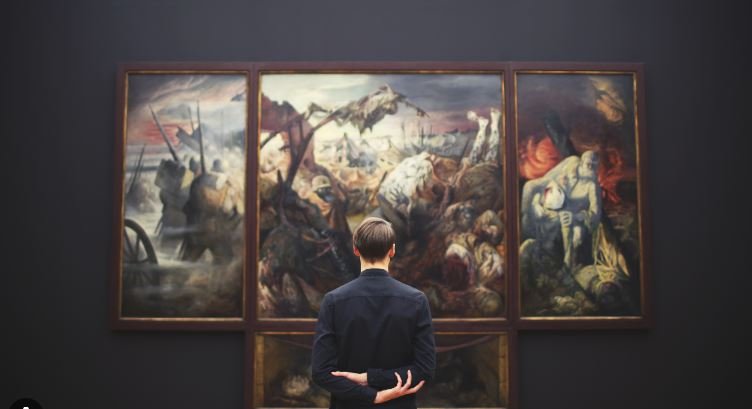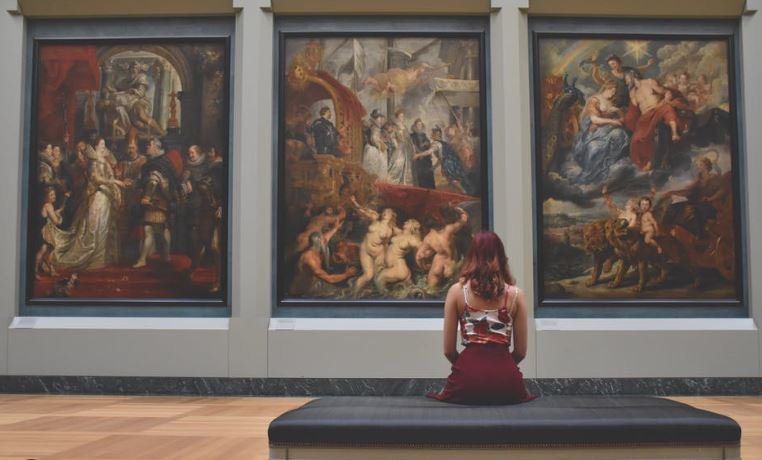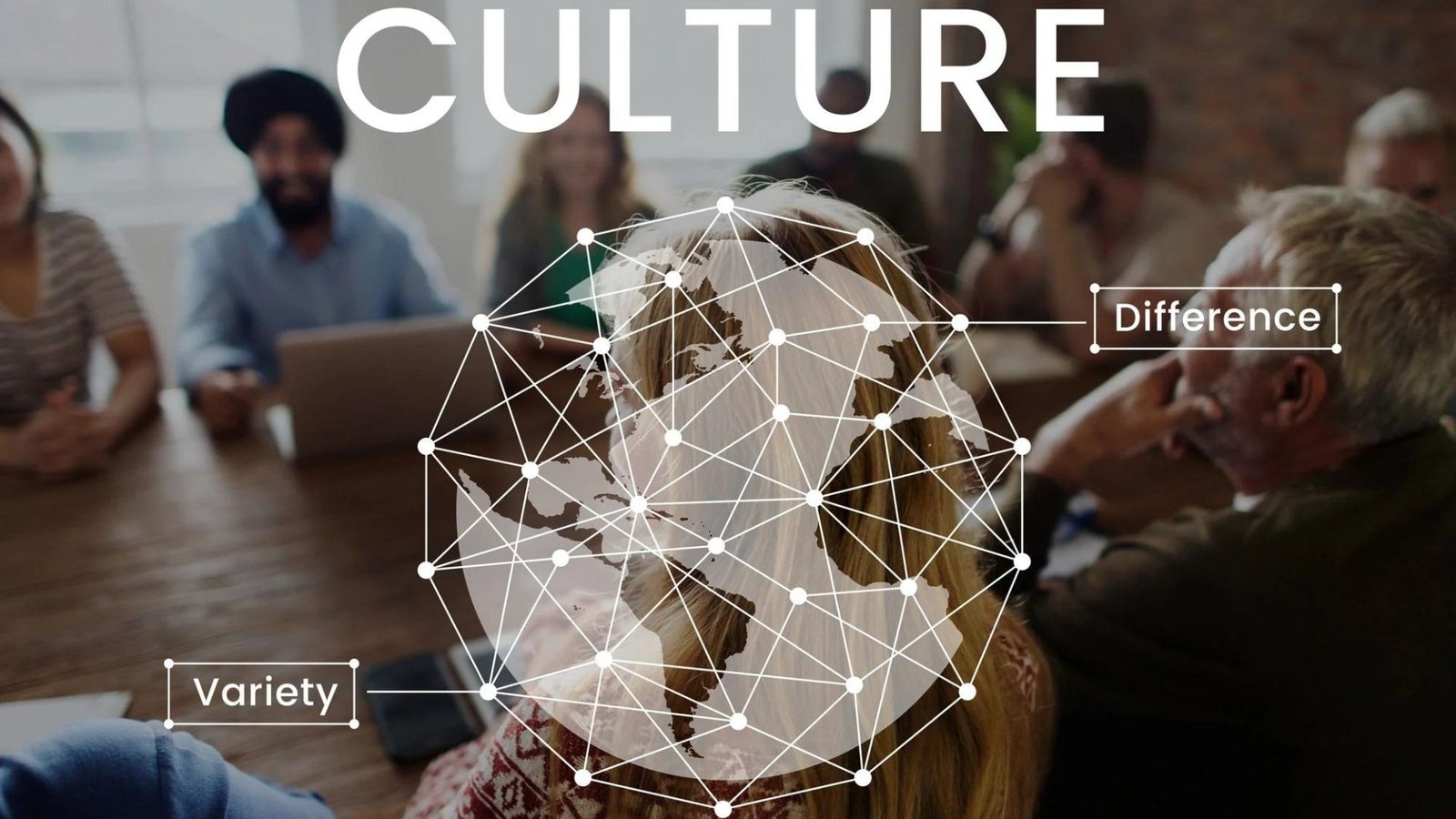Jewish art, with its rich historical and cultural background, exerts a significant influence on contemporary creative movements. From ancient symbols to modern expressions, Jewish art intertwines with various artistic trends, enriching and inspiring contemporary creativity. This exploration delves into how Jewish art has shaped and continues to impact the current art scene, highlighting key contributions and evolving influences.

Historical Roots of Jewish Art
Jewish art boasts a profound history that spans centuries, beginning with ancient biblical illustrations and religious artifacts. These early forms of art laid the groundwork for a unique visual language deeply rooted in Jewish tradition and spirituality. By preserving and adapting these historical elements, contemporary artists draw upon a rich heritage, creating a bridge between past and present.
The Evolution of Jewish Art Through the Ages
Throughout the centuries, Jewish art has evolved significantly, reflecting changes in social, political, and cultural contexts. From the Byzantine and medieval periods to the modern era, Jewish art has continually adapted, incorporating new techniques and styles. This evolution demonstrates how Jewish artists have responded to and influenced broader artistic movements, contributing to the diversity of contemporary creative expressions.
Jewish Art’s Influence on Modern Abstract Art
Modern abstract art often draws inspiration from Jewish art’s rich symbolism and complex patterns. The use of geometric shapes, vibrant colors, and intricate designs in Jewish art has significantly influenced abstract artists. These elements help create dynamic compositions that resonate with contemporary audiences, blending traditional motifs with modern aesthetics.
The Impact of Jewish Art on Contemporary Sculpture
Jewish art’s influence extends into contemporary sculpture, where artists incorporate traditional Jewish symbols and themes into their work. Sculptors often use materials and forms that reflect Jewish heritage, creating pieces that explore spiritual and cultural dimensions. This integration of Jewish art into sculpture enhances the depth and diversity of modern artistic expressions.
Jewish Art and Its Role in Contemporary Photography
Contemporary photography has also been shaped by Jewish art, particularly through the use of symbolism and narrative. Photographers often draw upon Jewish themes to create powerful visual stories, exploring identity, memory, and heritage. By incorporating elements of Jewish art into their work, photographers add layers of meaning and context to their images, engaging audiences with both historical and contemporary perspectives.
Influence of Jewish Art on Digital and Media Arts
The rise of digital and media arts has seen Jewish art’s influence manifest in innovative ways. Artists and designers incorporate Jewish symbols and themes into digital installations, animations, and multimedia projects. This fusion of traditional art with modern technology creates immersive experiences that connect audiences with Jewish cultural heritage in novel and interactive ways.
Jewish Art in Fashion and Textile Design
Fashion and textile design have been significantly influenced by Jewish art, with designers incorporating traditional patterns, motifs, and symbolism into their creations. Jewish art’s vibrant colors and intricate designs inspire contemporary fashion, blending cultural heritage with modern trends. This integration enriches the fashion industry, offering unique and culturally resonant designs.
Jewish Art’s Impact on Public Art and Installations
Public art and installations often feature elements of Jewish art, contributing to communal spaces and public discourse. Artists create installations that reflect Jewish cultural themes, engaging the public in meaningful conversations about heritage and identity. These public artworks enhance community spaces and provide a platform for exploring Jewish art’s impact on contemporary culture.
The Role of Jewish Art in Film and Theater
Jewish creations has also influenced film and theater, where artists and filmmakers incorporate Jewish themes and aesthetics into their work. By using visual and thematic elements derived from Jewish art, filmmakers and theater practitioners create compelling narratives that explore cultural and spiritual dimensions. This influence enriches the storytelling and artistic expression in both mediums.
Jewish Art’s Contribution to Contemporary Graphic Design
Contemporary graphic design often draws upon Jewish art’s visual language, using symbols and patterns to create engaging and impactful designs. Graphic designers incorporate Jewish motifs into branding, advertising, and editorial work, blending traditional art with modern design principles. This fusion enhances visual communication and connects contemporary audiences with Jewish artistic heritage.
Exploring Jewish Art in the Context of Global Art Movements
Jewish art’s influence extends into global art movements, where its unique aesthetic and thematic elements contribute to broader artistic dialogues. By engaging with international trends, Jewish art offers diverse perspectives and enriches the global art scene. This cross-cultural exchange highlights the relevance and impact of Jewish creativity in a global context.
Challenges and Opportunities in Preserving Jewish Art
Preserving Jewish creativity presents both challenges and opportunities, particularly in maintaining the integrity of traditional elements while embracing contemporary interpretations. Efforts to conserve and protect Jewish art involve balancing historical accuracy with innovative approaches. These challenges offer opportunities to explore new ways of preserving and presenting Jewish art, ensuring its continued relevance and influence.
Celebrating Jewish Art’s Influence on Contemporary Creativity
Jewish art’s influence on contemporary creativity is a testament to its enduring legacy and impact. By integrating traditional elements with modern artistic expressions, Jewish art continues to inspire and shape the creative landscape. Celebrating this influence highlights the richness and diversity of artistic traditions and their ongoing relevance in contemporary culture.
Conclusion
Jewish art plays a vital role in shaping contemporary creative movements, influencing various artistic fields and mediums. From abstract art and sculpture to digital media and fashion, Jewish art’s rich heritage and visual language contribute to a diverse and dynamic art scene. By exploring and celebrating Jewish art’s impact, we honor its legacy and ensure its continued relevance in the world of contemporary creativity.




